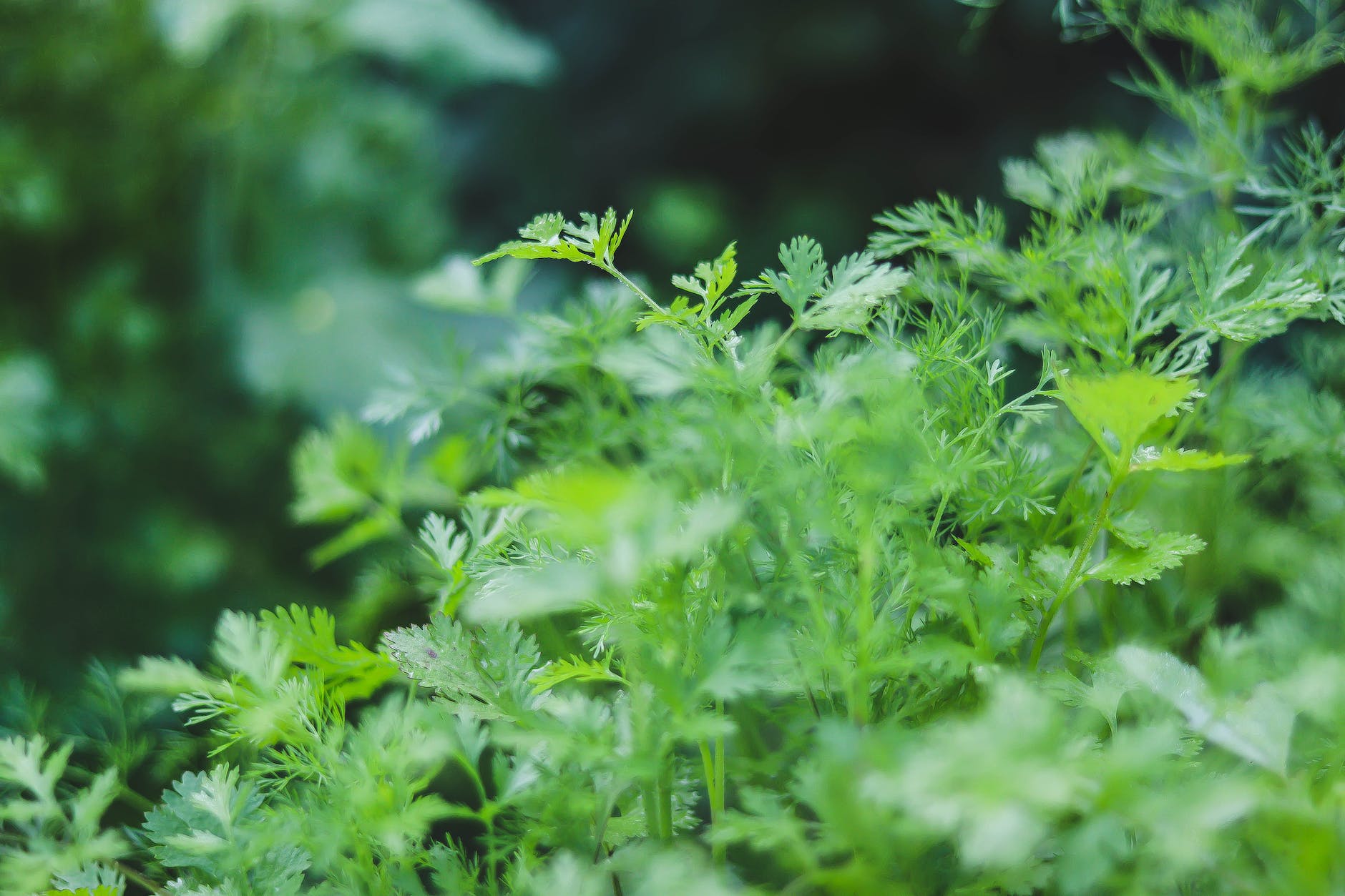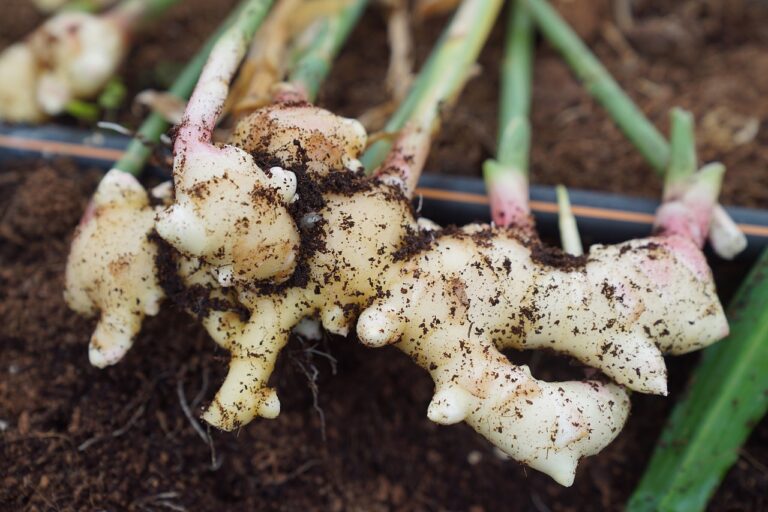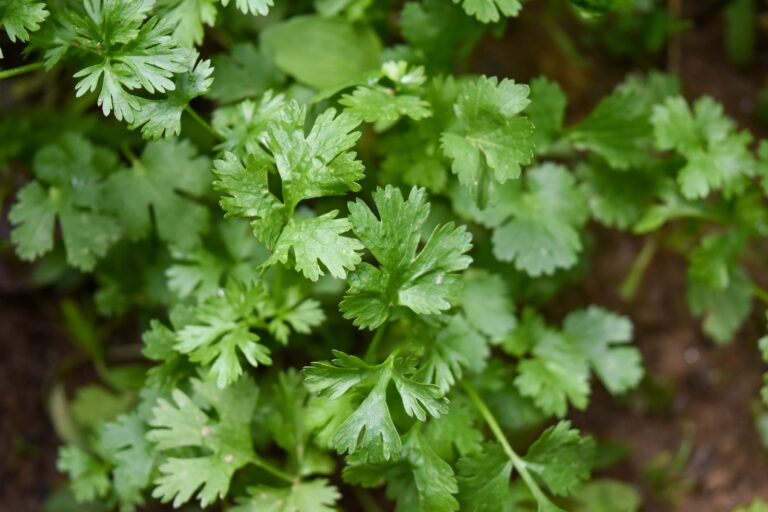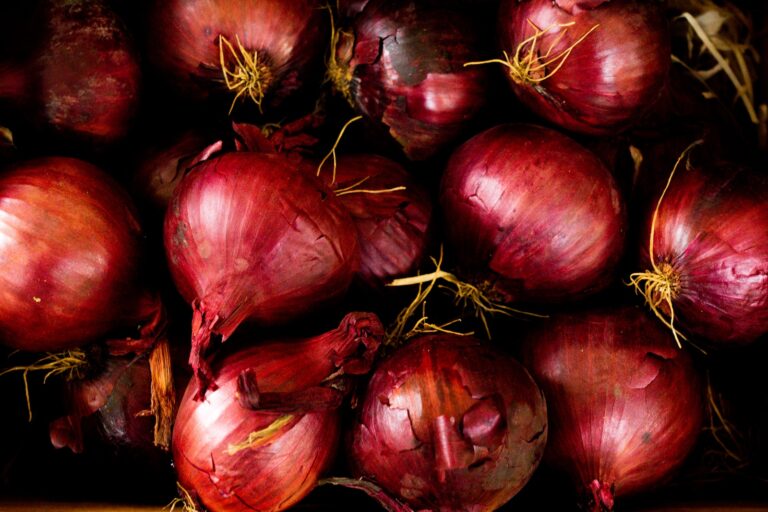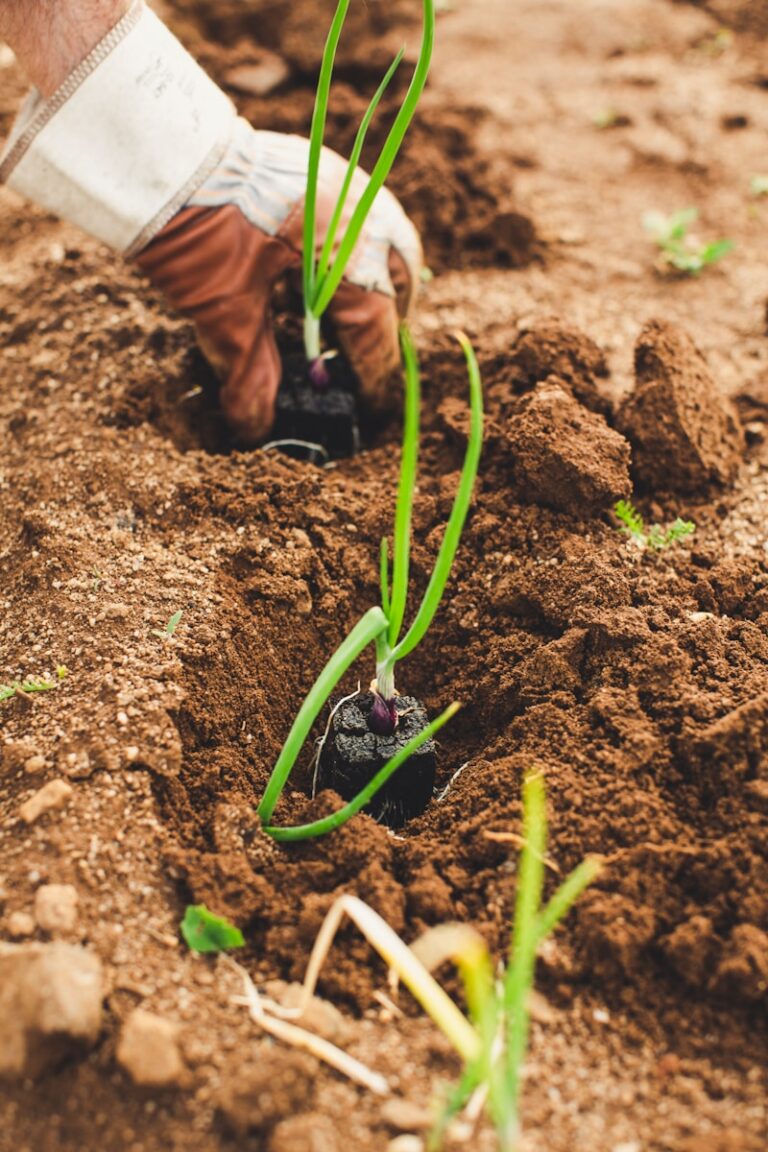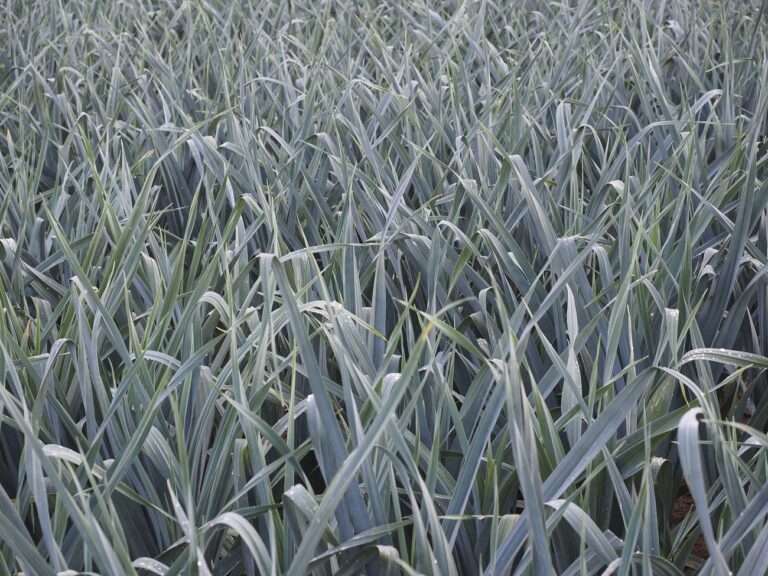Comprehensive Guide to Dhania (Coriander) Farming in Kenya
Dhania, known globally as coriander or cilantro, is a significant herb crop in Kenya due to its versatility and economic value. This guide details every stage of Dhania farming, from site preparation to marketing, making it a valuable resource for farmers seeking to optimize yields and profitability.
Climate and Geographic Requirements
Dhania thrives in temperatures between 15-25°C and grows well at altitudes ranging from 0 to 2,500m. It requires an annual rainfall of 600-1200mm and performs best with full sun exposure, needing at least six hours of sunlight daily. Different regions in Kenya provide favorable growing conditions for Dhania.
Central Region
Areas such as Nairobi, Kiambu, and Murang’a benefit from moderate temperatures, reliable rainfall, and fertile soils, making year-round cultivation possible. However, occasional dry spells may necessitate supplemental irrigation.
Western Region
Places like Kisumu, Kakamega, and Bungoma have rich, loamy soils and consistent rainfall. The main challenge in this region is the high humidity, which can increase the risk of diseases like powdery mildew.
Eastern Region
Dhania farming in Eastern areas such as Machakos, Kitui, and Makueni can thrive with the use of irrigation, despite lower annual rainfall. Greenhouse setups are particularly effective in managing the arid conditions.
Coastal Region
The coastal areas, including Mombasa and Kilifi, have warm temperatures conducive to continuous planting, provided irrigation is well-managed. The main risk is bolting due to consistently high temperatures.
Rift Valley Region
Regions like Nakuru, Eldoret, and Kericho offer fertile volcanic soils and moderate climates that promote healthy Dhania growth. Farmers in this region may need to invest in irrigation systems to supplement rainfall during dry periods.
Soil Preparation and Management
Dhania grows best in well-draining loamy soils with a pH level of 6.0-7.0. The soil should be rich in organic content to support root development and microbial activity. The initial land preparation involves clearing any vegetation, plowing to a depth of 20-30cm, and harrowing to break up large clods. Raised beds that are 1m wide and 15cm high can improve drainage and facilitate crop management. Adding organic manure or compost enhances soil fertility, while lime may be necessary to adjust soil pH if it is too acidic.
Planting Guidelines
Seed Selection and Preparation
Farmers can choose between local or improved Dhania varieties. A seed rate of 8-10 kg per hectare ensures uniform plant coverage. Treating the seeds with a fungicide helps reduce the risk of early-stage diseases like damping-off.
Planting Techniques
Dhania can be sown directly or transplanted. Direct seeding involves planting seeds 1-2cm deep, with rows spaced 30cm apart and plants spaced 15cm within the rows. Transplanting seedlings that are 3-4 weeks old provides an alternative method that can enhance field establishment. Planting should ideally be done during the early morning or late evening to reduce transplant shock.
Planting Timing
Dhania can be grown in two main seasons: March-May, coinciding with the long rains, and October-December, aligning with the short rains. Greenhouse production allows for continuous planting regardless of the season.
Crop Management
Irrigation Practices
During the initial stages, irrigation should be done every 2-3 days until the seedlings are well established. Once the plants mature, watering can be reduced to once a week or as needed, based on rainfall. Drip irrigation is recommended as it conserves water and prevents soil compaction.
Fertilization Strategy
Apply a base of NPK (15:15:15) at 200 kg per hectare during planting, supplemented with well-rotted manure. A top dressing of calcium ammonium nitrate (CAN) at 100 kg per hectare should be applied three weeks after planting, with foliar feeding every two weeks to boost nutrient uptake.
Weed Control
Regular weeding is essential to prevent competition for nutrients. Hand weeding and mulching are effective methods, while pre-emergent herbicides can be used cautiously as needed.
Pest and Disease Management
Common Pests
Aphids, whiteflies, leaf miners, and cutworms are common pests affecting Dhania. Insecticidal soap and neem oil are effective for controlling aphids, while yellow sticky traps help manage whiteflies. Pruning infested leaves and using natural barriers are good practices for leaf miner control.
Major Diseases
Powdery mildew, leaf spot, root rot, and wilt are significant threats. Sulfur-based fungicides can control powdery mildew, while copper-based fungicides help with leaf spot. Proper soil drainage is key to preventing root rot, and crop rotation is effective for managing wilt.
Integrated Pest Management (IPM)
Combining cultural, biological, and chemical methods ensures sustainable pest and disease control. Maintaining proper plant spacing and air circulation reduces disease spread.
Harvesting and Post-Harvest Handling
Dhania is ready for harvest 60-75 days after planting when the leaves are tender and aromatic. Harvesting in the early morning helps retain moisture and flavor. Cut plants at ground level, allowing for potential regrowth and multiple harvests. Post-harvest, sort and grade the leaves to remove damaged parts. Gently rinse to remove soil but avoid soaking, and tie the produce in small bundles for market presentation. Store fresh Dhania at 4°C for a shelf life of 1-2 weeks.
Drying and Packaging
Air drying in a shaded area for 2-3 days or using mechanical dryers at 35-40°C helps prepare Dhania for storage as dried herbs. Package dried leaves in airtight containers to maintain quality.
Marketing and Economic Considerations
Dhania can be sold through local markets, supermarkets, hotels, restaurants, and exported to meet international demand. Processing companies also use Dhania for producing spices and essential oils. Initial setup costs range from KES 50,000-100,000 per acre, with potential yields of 8-12 tons per hectare. The average market price ranges between KES 50-200 per bundle, depending on seasonality and location. This can lead to a return on investment (ROI) of 100-150% within three months.
Value Addition Opportunities
Dried herbs, essential oils, and packaged powdered Dhania are high-value products that can enhance profitability. Farmers can also supply pre-packed, ready-to-use Dhania for added convenience in the market.
Best Practices for Success
To maximize success, conduct soil testing before planting and use certified seeds for better germination. Crop rotation and record-keeping are essential for sustainable farming. Networking with farmer groups and investing in cold storage can help reduce post-harvest losses. Building relationships with reliable buyers such as wholesalers and processing companies ensures stable demand.
Challenges and Solutions
Market price fluctuations, post-harvest losses, and pest and disease outbreaks are common challenges. Proper crop management, diversified marketing strategies, and modern storage solutions help mitigate these issues. Leveraging greenhouse production can buffer against climate variability, while sustainable practices like IPM reduce long-term pest control costs.

